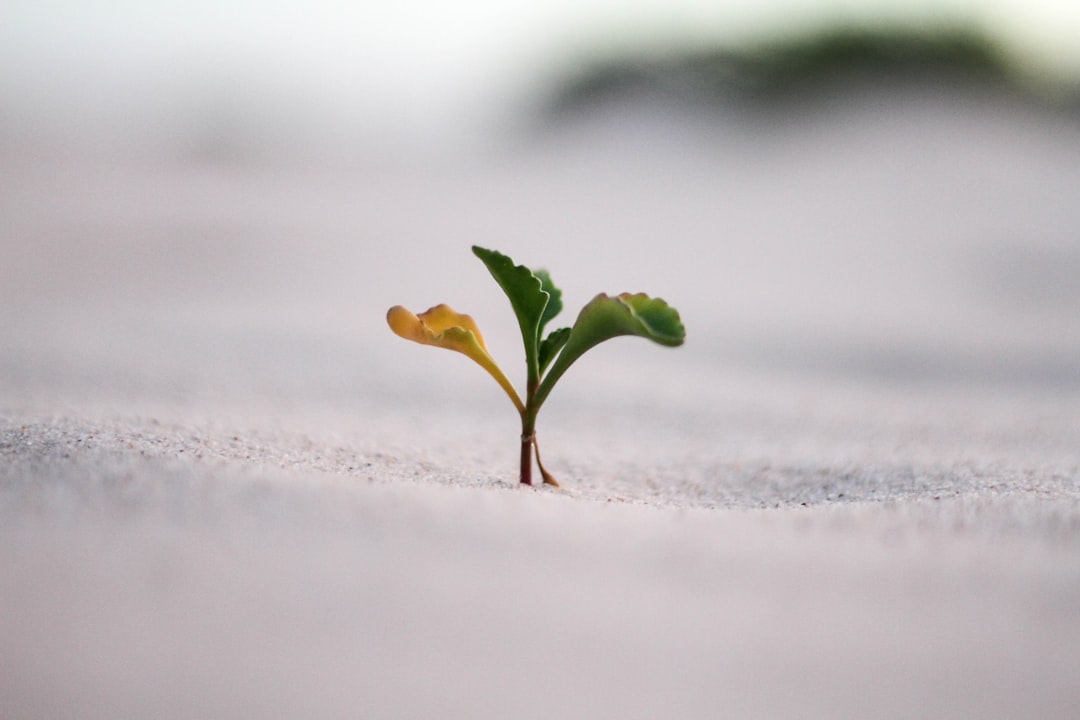Development vs. Growth
What's the Difference?
Development and growth are two distinct concepts that are often used interchangeably but have different meanings. Growth refers to an increase in size, quantity, or magnitude, usually measured in terms of physical attributes or economic indicators. It is often associated with quantitative changes, such as an increase in population, GDP, or infrastructure. On the other hand, development refers to a broader and more comprehensive process that encompasses qualitative changes, such as improvements in living standards, education, healthcare, and social well-being. Development focuses on the overall progress and well-being of individuals and societies, taking into account factors like equity, sustainability, and human rights. While growth is necessary for development, it is not sufficient on its own to ensure sustainable and inclusive progress.
Comparison

| Attribute | Development | Growth |
|---|---|---|
| Definition | The process of progress and improvement over time. | The process of increasing in size, quantity, or importance. |
| Nature | Qualitative | Quantitative |
| Focus | Enhancing skills, knowledge, and capabilities. | Increasing physical size, numbers, or market share. |
| Timeframe | Long-term | Short-term |
| Outcome | Improved quality and effectiveness. | Increased quantity or size. |
| Measure | Progress, milestones, and achievements. | Metrics, numbers, and percentages. |
| Approach | Holistic and comprehensive. | Incremental and linear. |
| Factors | Education, training, experience, innovation. | Investment, production, sales, market demand. |
| Scope | Personal, organizational, societal. | Organizational, economic. |

Further Detail
Introduction
Development and growth are two terms often used interchangeably, but they have distinct meanings and attributes. While both concepts are related to progress and improvement, they differ in their focus, scope, and outcomes. In this article, we will explore the attributes of development and growth, highlighting their differences and understanding their significance in various contexts.
Development
Development refers to a broader and more comprehensive process that encompasses various aspects of human life, society, and the environment. It involves qualitative changes, improvements, and advancements in multiple dimensions. Development is not limited to economic growth but also includes social, political, cultural, and environmental aspects.
One of the key attributes of development is sustainability. Sustainable development aims to meet the needs of the present generation without compromising the ability of future generations to meet their own needs. It emphasizes the importance of balancing economic growth with social equity and environmental protection.
Development also focuses on human well-being and quality of life. It seeks to improve education, healthcare, infrastructure, and other essential services to enhance the overall standard of living. Additionally, development promotes social justice, equality, and inclusivity, aiming to reduce poverty, inequality, and discrimination.
Furthermore, development is a long-term and continuous process. It requires strategic planning, policy formulation, and implementation to bring about sustainable changes. Development initiatives often involve collaboration between governments, organizations, communities, and individuals to address complex challenges and achieve shared goals.
In summary, development encompasses a wide range of dimensions, including economic, social, political, cultural, and environmental aspects. It emphasizes sustainability, human well-being, and long-term improvements in various areas of life.
Growth
Growth, on the other hand, primarily focuses on quantitative changes and expansion in a specific aspect or domain. It is often associated with economic growth, which refers to an increase in the production and consumption of goods and services within an economy.
Economic growth is measured by indicators such as Gross Domestic Product (GDP), employment rates, and per capita income. It is driven by factors like investments, technological advancements, productivity gains, and international trade. Economic growth is essential for creating jobs, generating income, and improving living standards.
However, growth is not limited to the economic sphere. It can also apply to other areas, such as population growth, urbanization, infrastructure expansion, or organizational growth. In these contexts, growth often signifies an increase in size, scale, or capacity.
Unlike development, growth does not necessarily consider the sustainability or well-being of individuals and the environment. It can lead to negative consequences, such as environmental degradation, resource depletion, income inequality, or social disparities. Therefore, it is crucial to ensure that growth is inclusive, equitable, and environmentally responsible.
In summary, growth primarily focuses on quantitative changes and expansion in a specific domain, often referring to economic growth. It is driven by factors like investments, technology, and trade. However, growth should be accompanied by considerations of sustainability, equity, and social well-being.
Relationship between Development and Growth
While development and growth have distinct attributes, they are not mutually exclusive. In fact, they are interconnected and can influence each other in various ways.
Development can facilitate growth by creating an enabling environment for economic activities. Investments in education, healthcare, infrastructure, and institutions can enhance human capital, productivity, and innovation, leading to economic growth. Similarly, social development, such as reducing poverty and inequality, can contribute to a more inclusive and sustainable economic growth.
On the other hand, growth can support development by providing resources and opportunities for social and environmental improvements. Economic growth can generate revenue for public investments, social programs, and environmental conservation. It can also create employment opportunities, reduce poverty, and improve access to essential services.
However, it is important to note that growth alone does not guarantee development. If growth is not accompanied by equitable distribution of resources, social investments, and environmental protection, it can lead to negative consequences and hinder long-term development.
Therefore, a balanced approach that considers both development and growth is crucial for sustainable progress. It requires integrating economic, social, and environmental dimensions, ensuring that growth is inclusive, equitable, and environmentally responsible.
Conclusion
In conclusion, development and growth are distinct concepts with different attributes. Development encompasses a broader range of dimensions, including economic, social, political, cultural, and environmental aspects. It emphasizes sustainability, human well-being, and long-term improvements in various areas of life. On the other hand, growth primarily focuses on quantitative changes and expansion in a specific domain, often referring to economic growth.
While development and growth are interconnected, they should not be used interchangeably. Development should guide growth to ensure it is inclusive, equitable, and environmentally responsible. A balanced approach that considers both development and growth is essential for sustainable progress and improving the quality of life for present and future generations.
Comparisons may contain inaccurate information about people, places, or facts. Please report any issues.